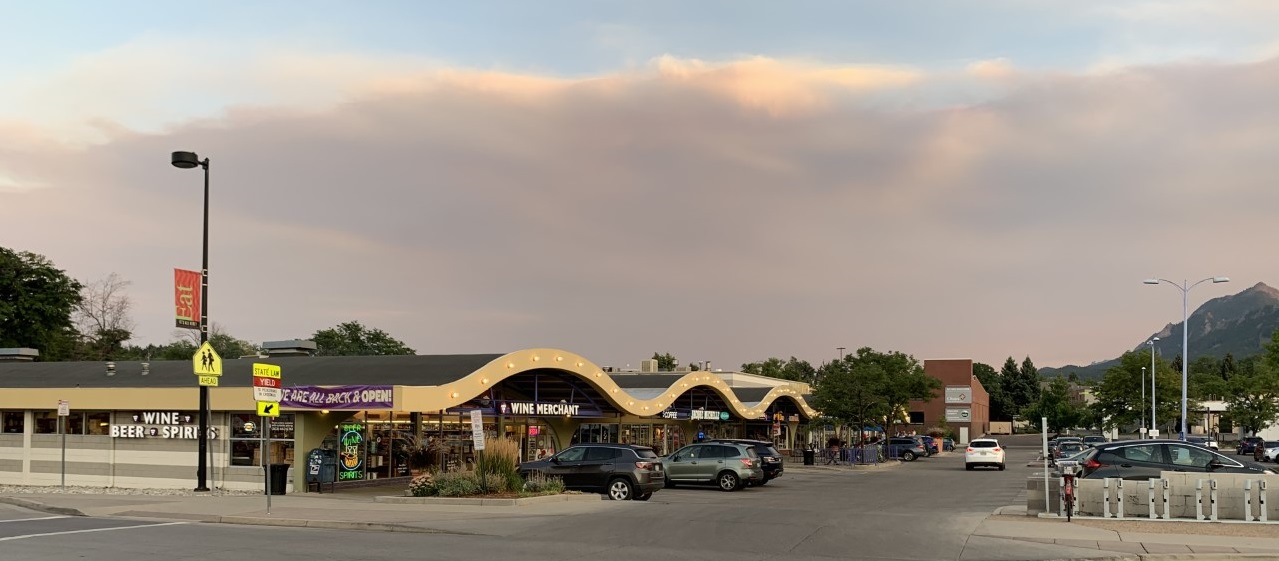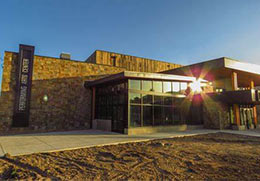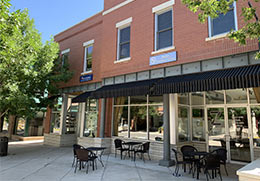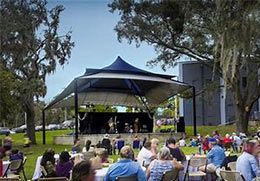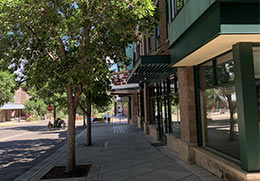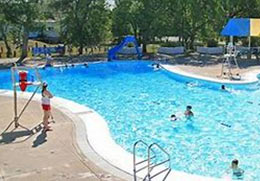The neighborhood and the 5-minute walk are the foundation of the New Urbanism. The concept of the walkable neighborhood seems obvious today, 20 years ago this idea was radical. In the last half of the 20th Century, we forgot the idea of building in connected, compact, complete neighborhoods. This concept was systematically unlearned. At Mosaic we believe now is the time to pull the walkable neighborhood from the dustbin and show that it still works and creates a better living experience.
The “missing middle” from modern production housing of single-family large-lot housing and large apartment complexes, and little in-between is new urbanism. The missing middle explores the many choices in between — townhouses, cottage courts, duplexes, quadruplexes, live-works, courtyard complexes, small apartment buildings and granny flats. Those choices offer livable, low-rise density in a human-scale neighborhood.
The public realm is where anyone can go, anyone is welcome, where people meet, and much of the business of the city or town takes place. The whole is greater than the sum of the parts. The public realm includes streets and public spaces. New urbanists enclose these spaces with buildings which are walls of outdoor rooms.
Light Imprint, or “green infrastructure”; less infrastructure and asphalt, building a neighborhood lightly on the land, allowing as much rain to filter directly into the ground as possible. Context based street design; streets are the bones of a community designed according to where they are in the body, according to what is around them and the activities that are needed and desired. Context-based street design revises the concept of streets primarily designed to move cars, to those which support social connections, small businesses, walking, or other vital aspects of community life. In our communities, streets are public gathering places.
